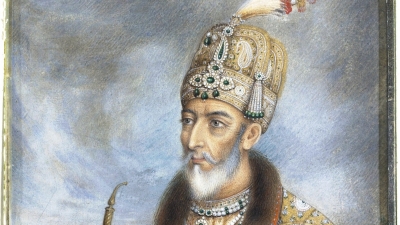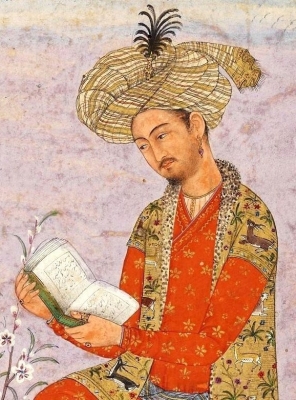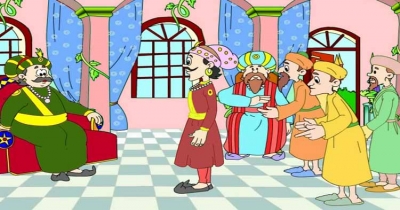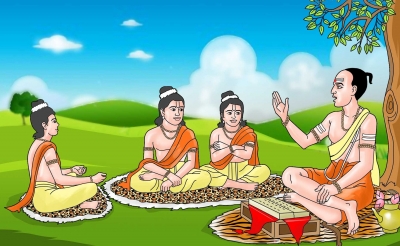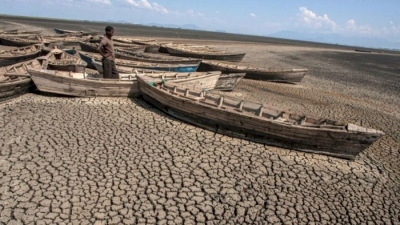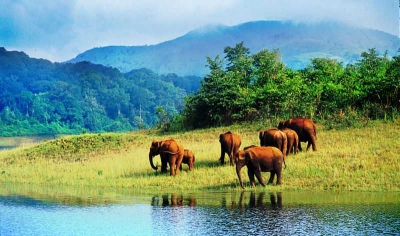
The Agasthyamala Biosphere Reserve – spanning more than 3,500 sq.km. and the two States of Kerala and Tamil Nadu – comprises tropical forests, and houses more than 2,000 species of vascular plants, including about 400 that are endemic. It also hosts a variety of spices, including cardamom, nutmeg, and pepper. The Reserve nurtures more than 300 species of birds, 70 species of mammals, over 80 species of reptiles, 45 species of amphibians, and more than 45 species of fishes. Importantly, many these species are endemic to the region. The Reserve also includes three wildlife sanctuaries – Shendurney, Peppara and Nayar, in addition to the Kalakad Mundanthurai Tiger Reserve. It is also an important biogeographical hotspot within the Western Ghats, where it is located.
Wildlife
Francolins, ducks, piculets, barbets, trogons, malkohas, coucals, swiftlets, needletails, frogmouths, nightjars, crakes, waterhens, swamphens, coots, snipes, sandpipers, thickknees, plovers, stilts, lapwings, terns, buzzards, kestrels, grebes, darters, cormorants, bitterns, ibises, spoonbills, pelicans, leafbirds, shrikes, treepies, minivets, flycatchers, woodshrikes, thrushes, robins, starlings, bushchats, nuthatches, tits, martins, prinias, munias, robins, warblers, larks, flowerpeckers, spiderhunters, wagtails and weavers can be spotted here. Among the animals found here are the Bengal tiger, leopard, sloth bear, the Asian elephant gaur, sambar, Nilgiri tahr, spotted deer, mouse deer, Nilgiri langur, slender loris, bonnet macaque, lion-tailed macaque, brown mongoose, Malabar giant squirrel, Nilgiri marten, Indian pangolin, king cobra, python, monitor lizard, and pit viper.
A treasure trove of new species
- In 2014, as many as six species of golden backed frogs found in the Western Ghats were declared new – till then they were wrongly grouped as Hylarana temporalis, usually found in Sri Lanka. One of them – the large golden-backed frog (Hylarana magna) – was found in Agasthyamala Meanwhile, it seems Hylarana temporalis never really existed in India and it was a case of mistaken identity!
- In 2017, another new frog species would be found in Agasthyamala Vijayan’s night frog (Nyctibatrachus pulivijayani) is extremely tiny – only 13.6 mm that it barely covers a thumbnail and sits effortlessly on a coin, with lots of space to spare. This was one of the four thumbnail-sized frog species discovered in the Western Ghats back then.
- In 2018, a new plant species got its name from the place it was discovered in – Fimbristylis agasthyamalai is. This grass-like plant is said to have a range of only “about two square km with less than 50 known individuals”, and “highly threatened by grazing”.
Picture Credit : Google


